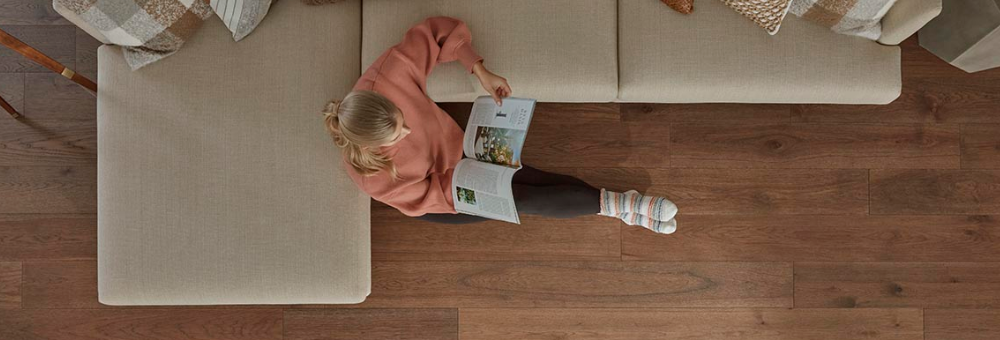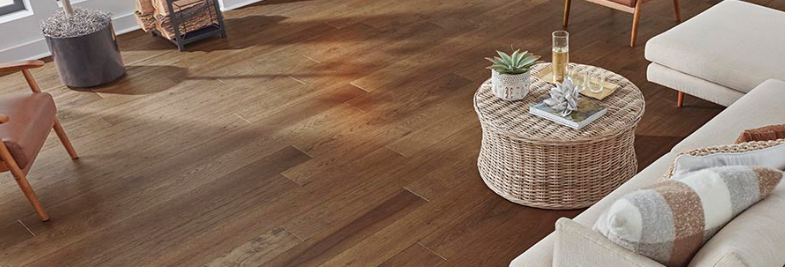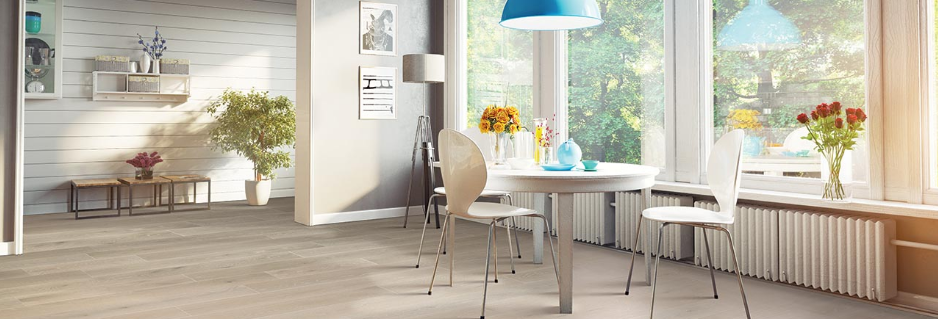When it comes to selecting the perfect flooring for your home, hardwood is often a top choice.
Among the options available, engineered hardwood and solid hardwood are two popular options that offer both beauty and durability. Although they share similarities, understanding their distinct characteristics can help you make an informed decision. Let’s explore the differences between engineered hardwood and solid hardwood flooring, shedding light on their construction, performance, width, and cost factors.



